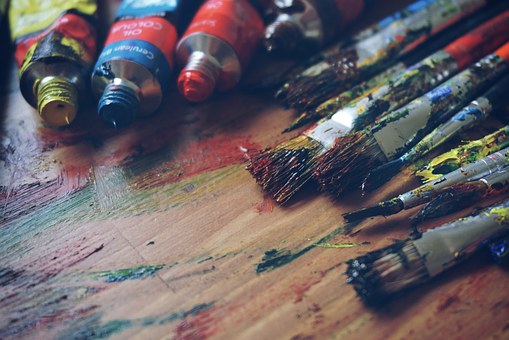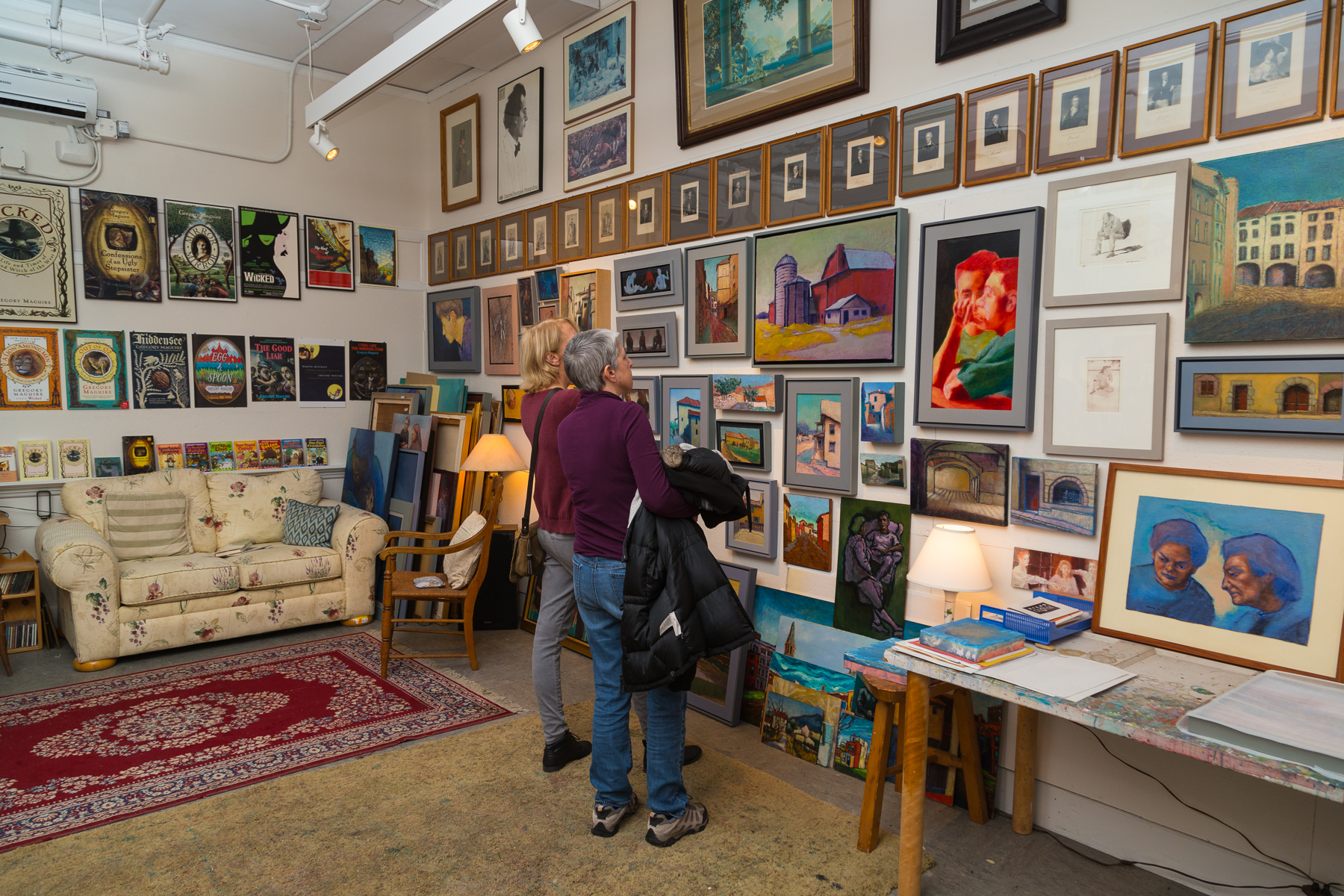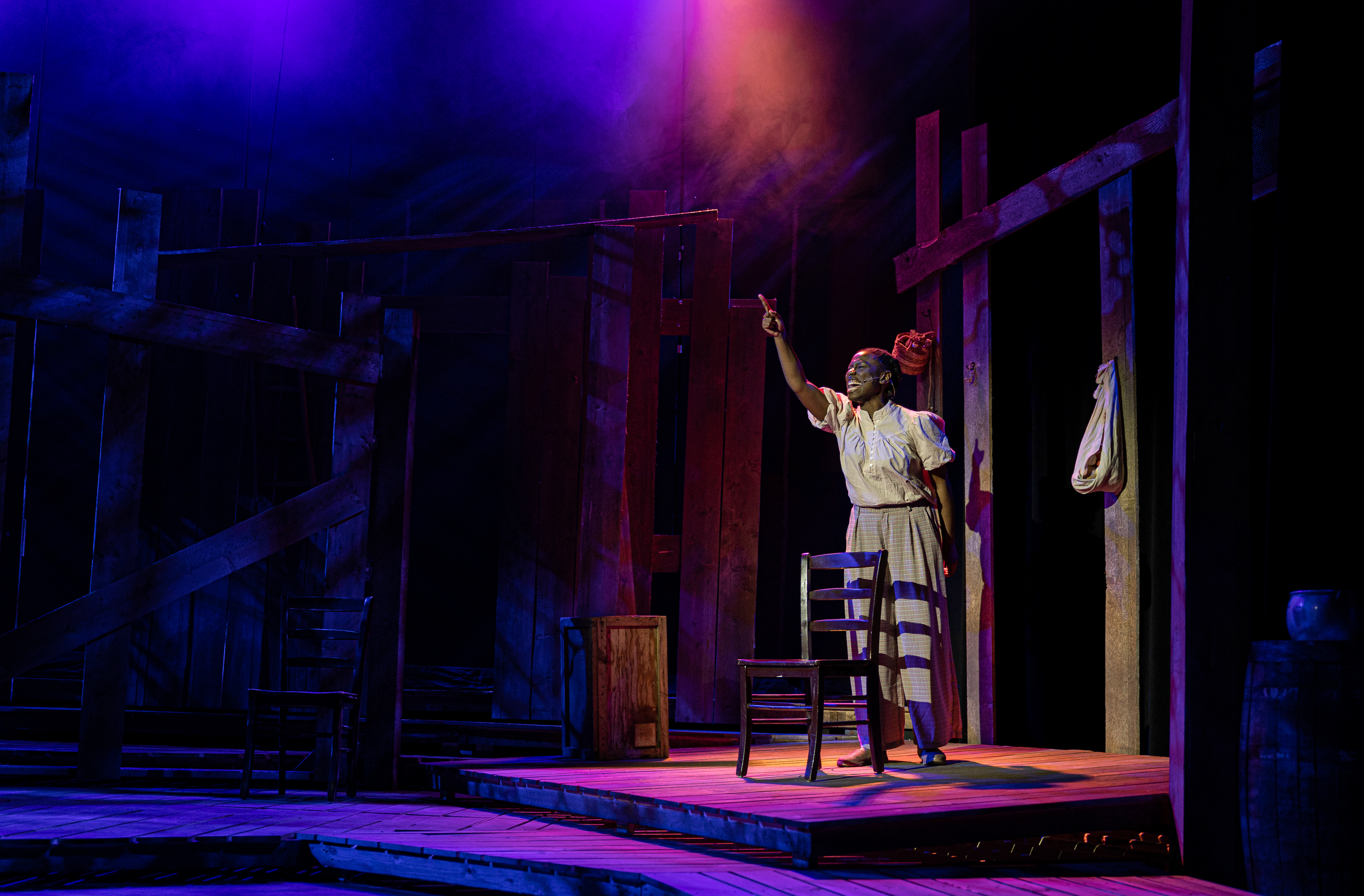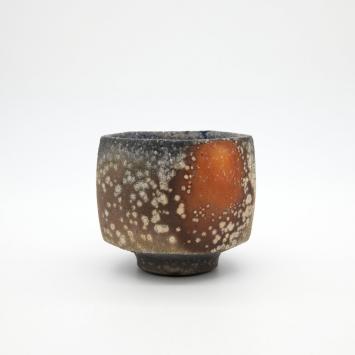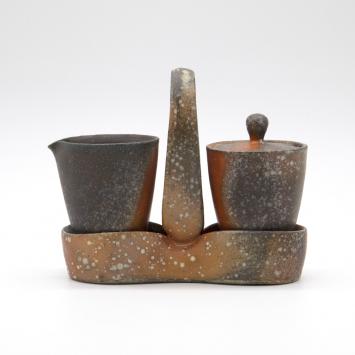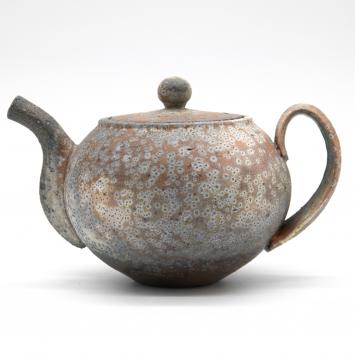Take 5 with Stuart Gair
August 2, 2025 by Kelby
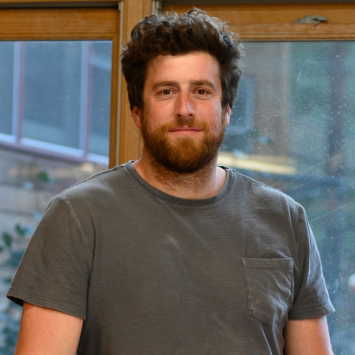
Stuart Gair's stalwart yet graceful designs, with their expressive surface and unique color palette from the innovative use of soda firing and atmospheric kilns, are widely admired in the field of ceramics. We're pleased to welcome Gair to The Umbrella Arts Center Saturday-Sunday, August 9-10, 2025 to lead an artist's talk (free with RSVP), a demonstration ($75 - suitable for all experience levels), and a hands-on workshop (sold out). In anticipation of this weekend illuminating his process, techniques, and inspirations, we "take five" with this energetic ceramicist:
What excites you most about your current body of work?
The unknown. Setting my studio up for exploration, ideation, and play. Combining forms, embracing process, and exploring scale are ways I keep the work moving forward and feeling fresh.
TUA: Are there any artists or trends in contemporary ceramics that you particularly admire?
Yes! Soda-firing. For hundreds of years salt has been added to kilns to create a glaze. Since the 1980s, artists have been experimenting with adding other fluxes to the kilns atmosphere such as sodium carbonate, sodium bicarbonate, and more. What excites me is the continued research and exploration around the process and the seemingly endless possibilities to create individualized, intriguing surfaces that yield a broad range of color, gloss, and variation. Australian artist Gail Nichols has paved the way for many with her extensive reach in soda-firing and has continued to serve as an inspiration for me and many others.
TUA: What aspect of the ceramic process inspires you the most (materials, making, firing, etc.)? Has this changed over time, and if so, how?
Form first. I’ve always gravitated toward thinking about form as a baseline for an object or series of pieces. I enjoy the contemplation of balance, line, edge, shadow, buoyancy, and combining shapes. Soda firing (and material research) play a substantial role in my exploration and also presents one of the biggest obstacles in the work. The process itself automatically individualizes each piece and provides opportunity to add marks and depth to the surface to enhance the forms . However, the same process can often-time detract from the overall desired aesthetic by cutting volume, adding “too much”, or taking away from the function when in use. I feel inspired/compelled to create objects that have a balance between form, surface, and function and the continual search for harmony between them.
TUA: What's your philosophy as a teacher of and ambassador for the ceramic art form?
Encourage total creativity and foster a head space/physical space to express, create, ideate. There are many obstacles to true expression and as an educator I enjoy providing support, guidance, exercises, and feedback without getting in the way what an individual is trying to say in their own voice.
TUA: What's something underrated about or a misconception you would like to dispel about being a working artist in ceramics?
The journey. Many young artists (including myself) give a great deal of attention to getting a stable/long-term job, building a studio, creating a “line” of work, or quickly progressing through school. My advice would be to be open and let hard work/opportunities guide you through the field. Some of my most informative experiences were totally unexpected and completely changed my trajectory as an artist. After many years of traveling around the country I’ve built an unparalleled gratitude for the people I’ve met and communities I’ve been a part of that have ultimately informed/enhanced my world views and who I am as an artist.
Posted In
Posted In:


